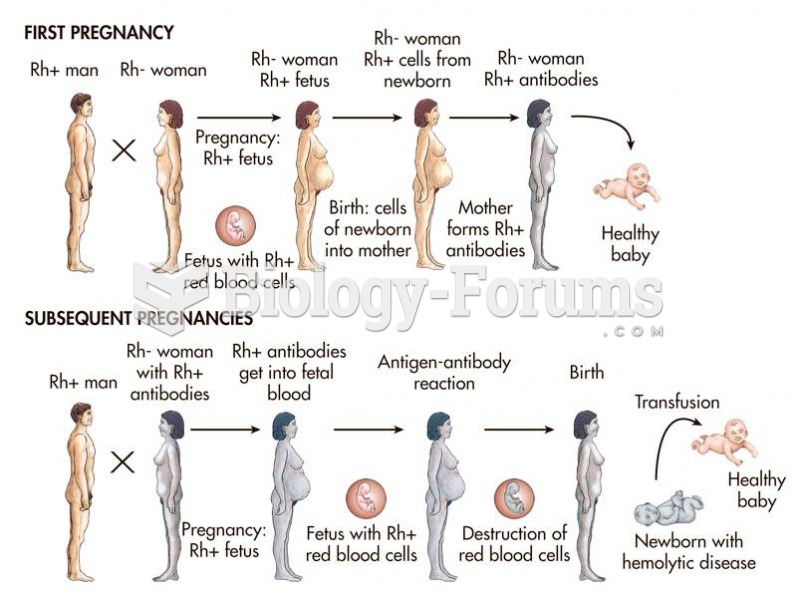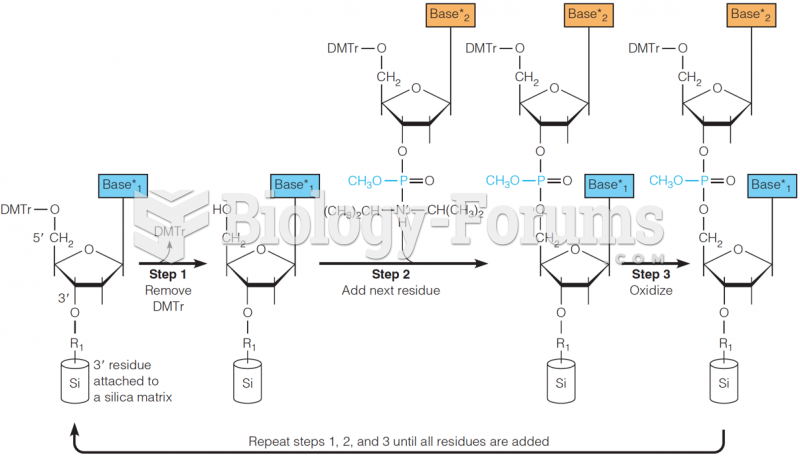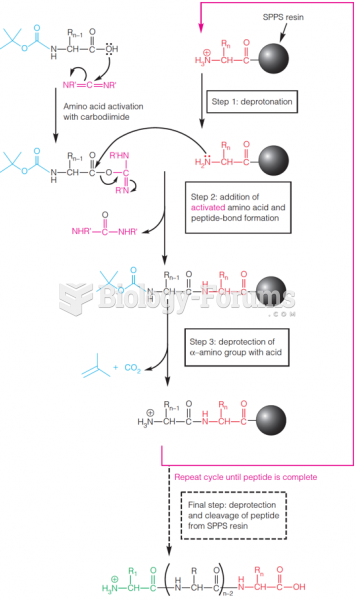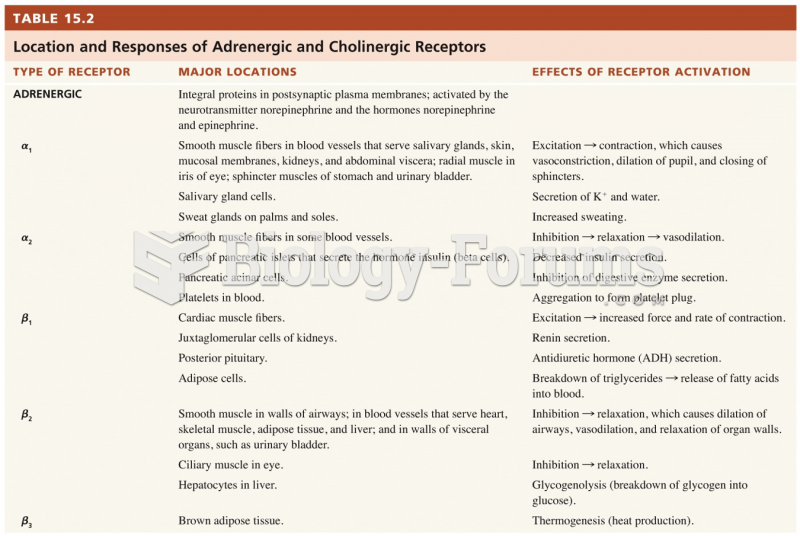|
|
|
Interferon was scarce and expensive until 1980, when the interferon gene was inserted into bacteria using recombinant DNA technology, allowing for mass cultivation and purification from bacterial cultures.
Persons who overdose with cardiac glycosides have a better chance of overall survival if they can survive the first 24 hours after the overdose.
The newest statin drug, rosuvastatin, has been called a superstatin because it appears to reduce LDL cholesterol to a greater degree than the other approved statin drugs.
Urine turns bright yellow if larger than normal amounts of certain substances are consumed; one of these substances is asparagus.
The heart is located in the center of the chest, with part of it tipped slightly so that it taps against the left side of the chest.







